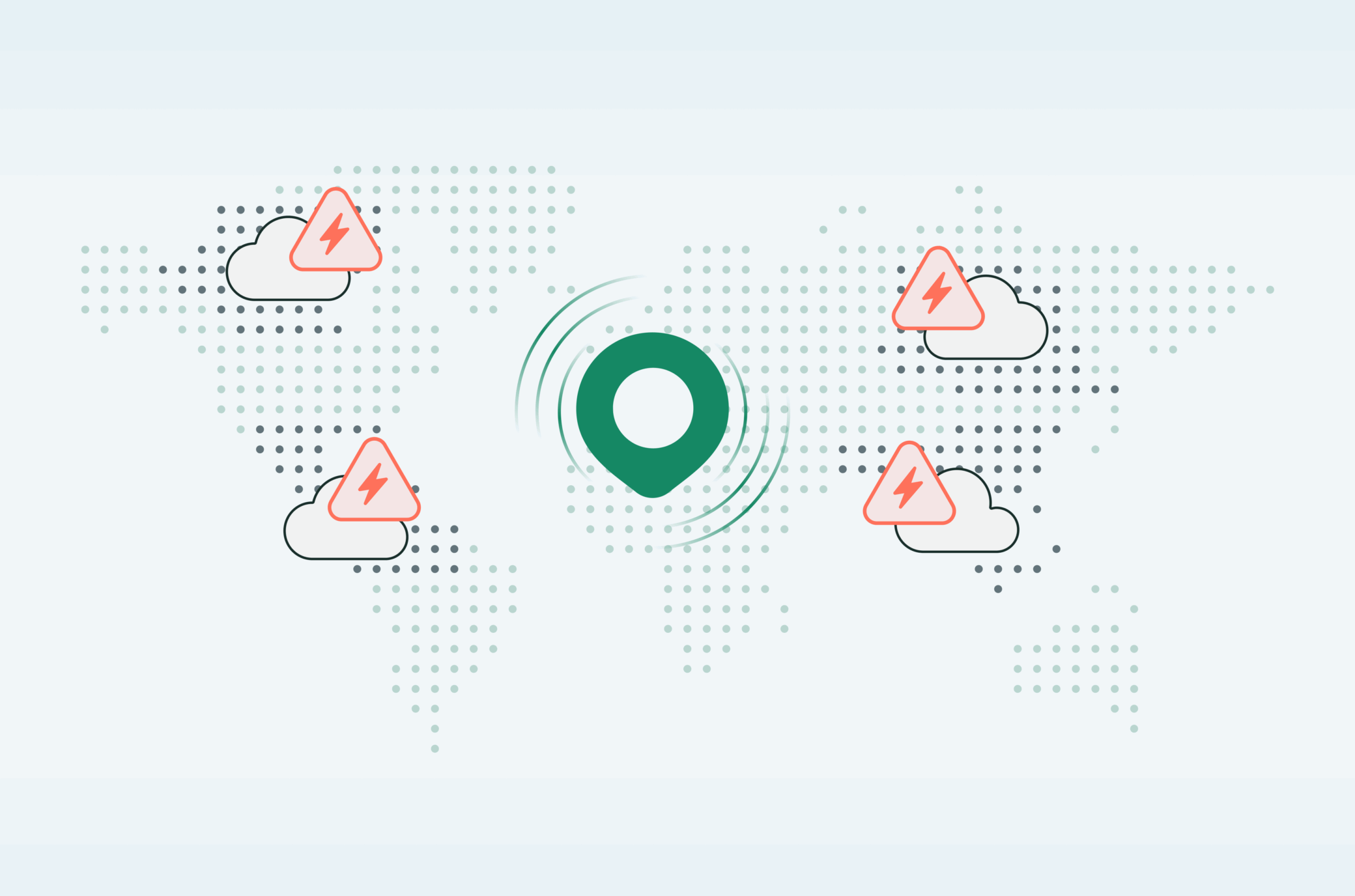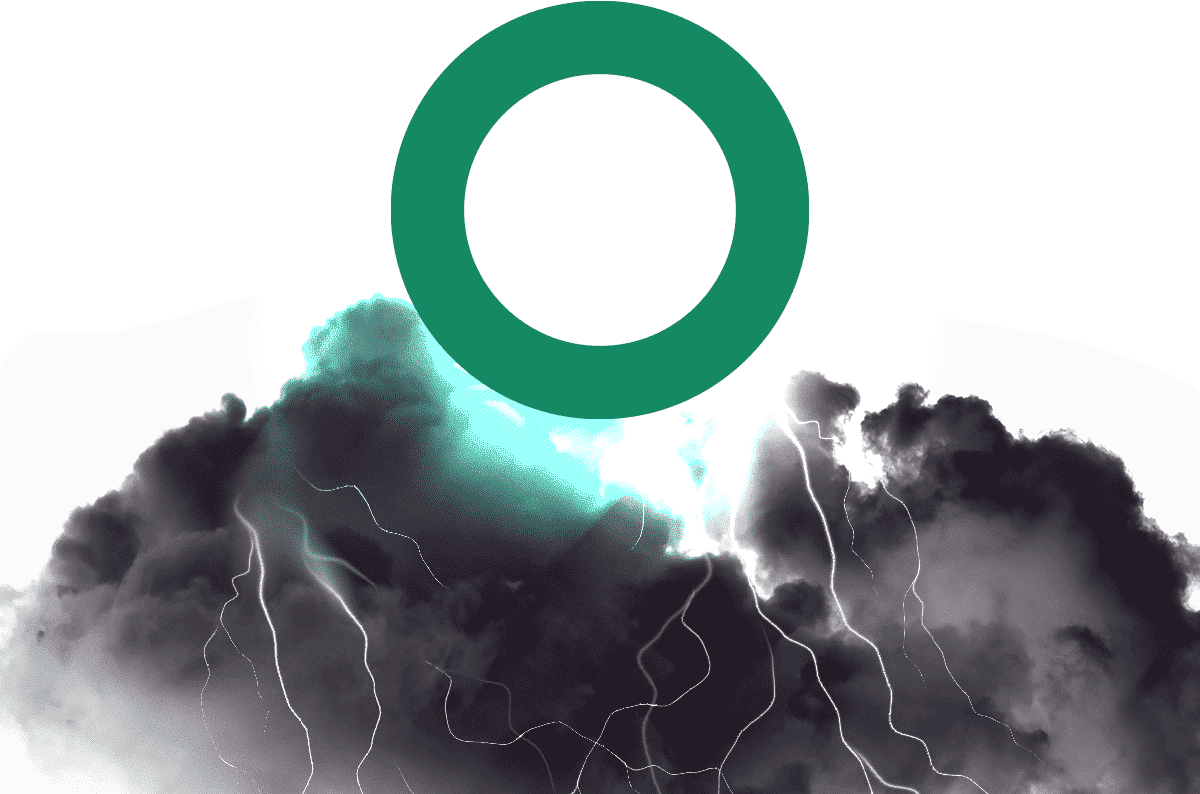Home Archives for Aviram Katzenstein
- SASE
- Platform
- Platform Architecture
- Core Components
Converged single pass processing, purpose built global cloud service, and open data platform.
- Design Principles
360-degree visibility and control, autonomous life cycle and posture management, gradual low risk deployment, and universal management.
- AI and Machine Learning
AI/ML for threat intelligence and unclassified application identification, ML engines for threat prevention and incident criticality, ML models for device classification, and GenAI for productivity.

- Core Components
- Platform Capabilities
- Platform Features
- Platform Architecture
- Security
- Use Cases
- Customers
- Partners
- Managed Services
- Company
- Resources
- SASE
- Platform
- Platform Architecture
- Core Components
Converged single pass processing, purpose built global cloud service, and open data platform.
- Design Principles
360-degree visibility and control, autonomous life cycle and posture management, gradual low risk deployment, and universal management.
- AI and Machine Learning
AI/ML for threat intelligence and unclassified application identification, ML engines for threat prevention and incident criticality, ML models for device classification, and GenAI for productivity.

- Core Components
- Platform Capabilities
- Platform Features
- Platform Architecture
- Security
- Use Cases
- Customers
- Partners
- Managed Services
- Company
- Resources

Aviram Katzenstein
Aviram Katzenstein is the vice president of operations at Cato Networks. Prior to joining Cato in 2015, Aviram spent 12 years at Imperva, where he served as Senior Director of R&D Operations. Aviram has over 20 years of experience in cybersecurity, operations, development and customer success. Aviram holds a Bachelor of Arts (B.A.) in Computer Science from The Open University of Israel.
Innovate, grow and thrive
With a true SASE platform
With Cato, any organization can reap the full benefits of digital transformation, move at the speed of business, and be ready for whatever’s next.









